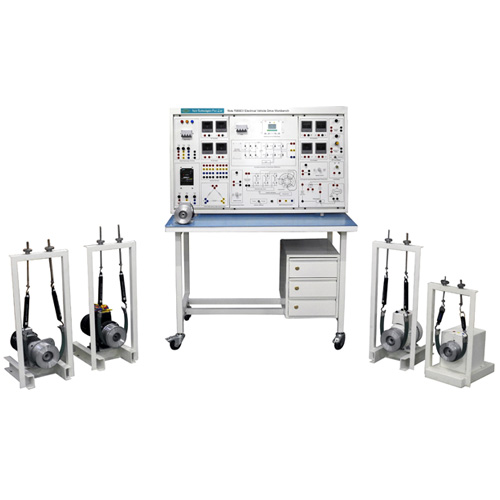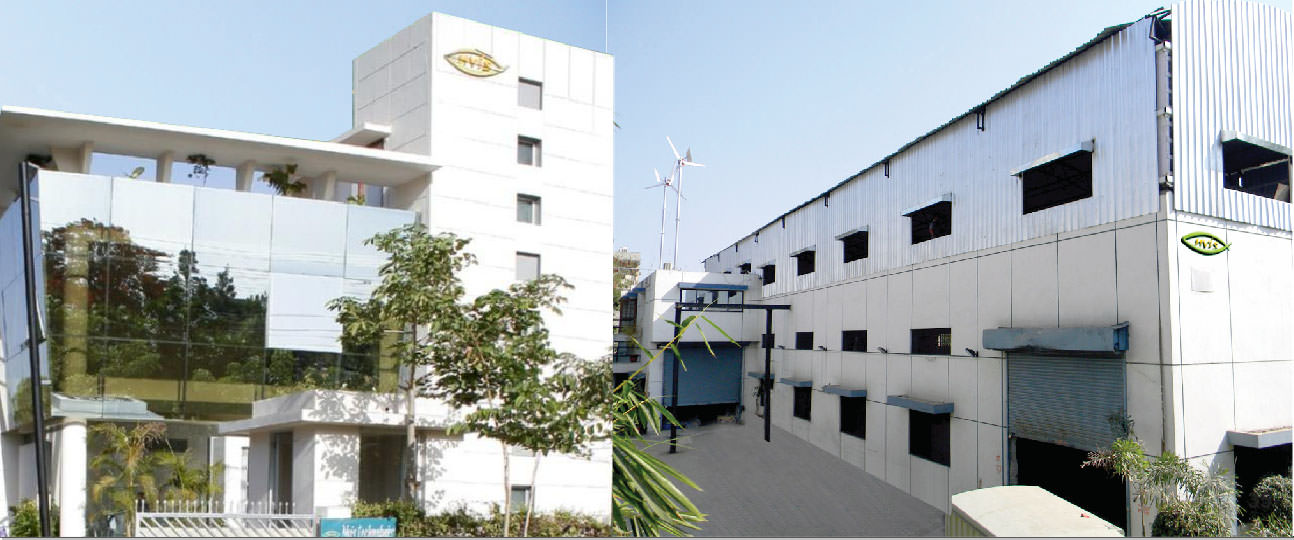
Electrical Vehicle Testing & Measurement Workbench
Nvis 7089EVM
Product Description
Transport is a fundamental requirement of modern life, but the traditional combustion engine is quickly
becoming outdated. Petrol or diesel vehicles are highly polluting and are being quickly replaced by fully electric
vehicles. Fully electric vehicles (EV) have zero tailpipe emissions and are much better for the environment.
Electrical Vehicle emerges very quickly nowadays due to such benefits. With the increasing adoption of electric
vehicles in the landscape, this number is only expected to increase further.
Nvis 7089EVM “Electrical Vehicle Testing & Measurement Workbench” offers an excellent approach to learn complete fundamental aspects of Electrical Vehicle with a new updated technology and measurement devices.
It provides flexibility for the students to carry out experiments over machines adopt in Electrical Vehicles using a
large selection of Industry standard inbuilt components. It enables user to put their theory knowledge into
practice with ease. There is an additional facility to make wireless connection on workstation with computer and
to monitor real time electrical parameters using computer interfacing software.
The design of the workbench ensures to get the highest quality practical experience to user. An integrated
workbench consisting of instrument panel and working table should suitable for students to learn and perform
testing of Electric Vehicle Components. Instruments should internally electrically connect and should be fitted/on Bench in the panel such that only front panel and necessary interfaces are easily accessible to use. Structure of workbench should be made up of approx. 1.5 mm thick MS pipe with top made up of good quality 19 mm thick plywood and covered with 1.8 mm off white color mica.
Features
• Built-in drives to operate PMSM, BLDC, PMDC & Induction Motor.
• Standard BS-10 terminals, patch cords for safety purpose
• High Quality Digital Tachometer for RPM Measurement which is also interfaced with DAQ (Data Acquisition
System)
• Motors provided with standard mechanical loading arrangement facility
• Motors with “aluminum” casted brake-drum/pulley with heat suppression facility
• Rust free powder coat mechanical structure
• Machines with class “B” insulation
• Designed by considering all the safety measures
- Request Quote
- Technical Specification







